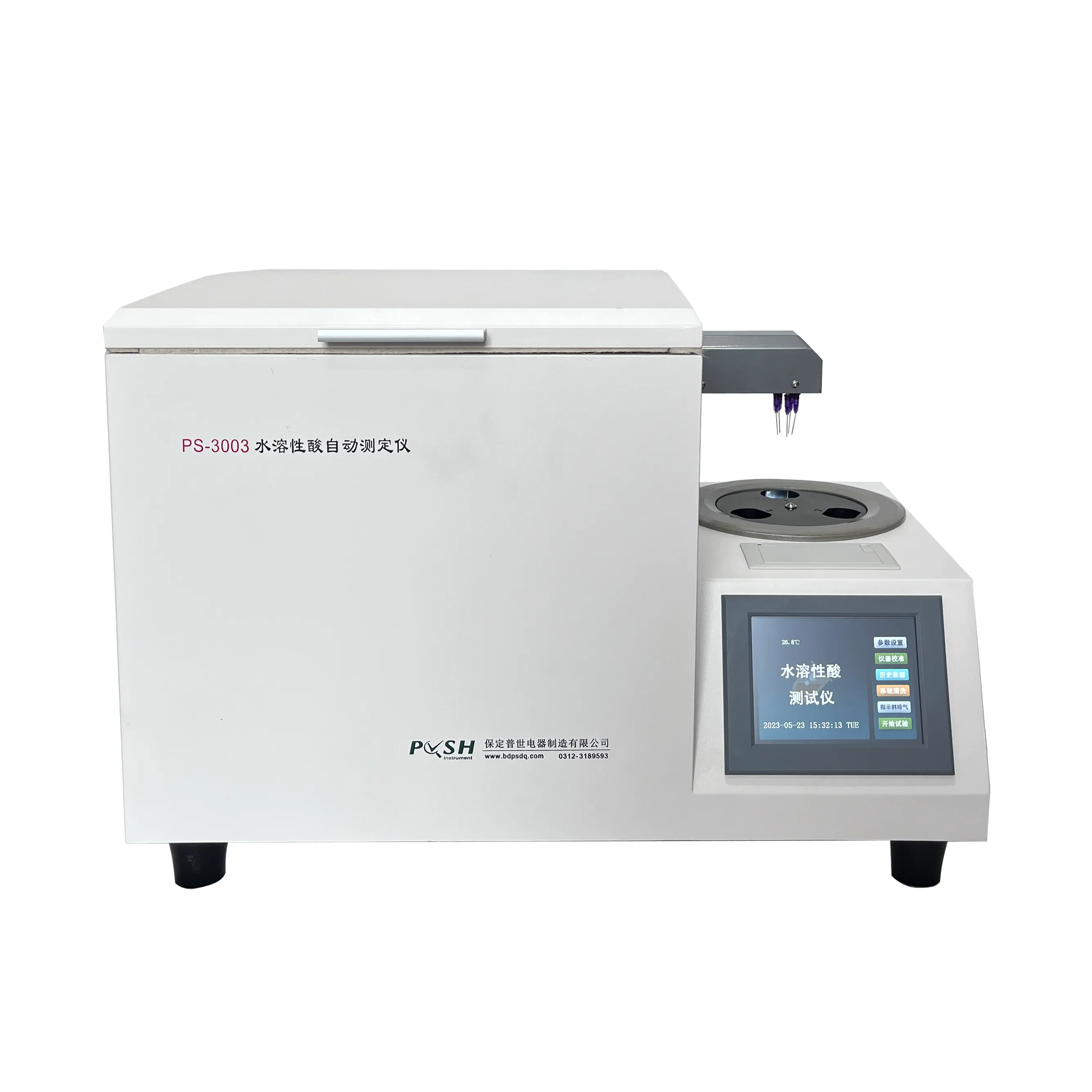 English
English


A Comprehensive Guide to Using Digital PSC Loop Testers for Electrical Testing and Maintenance
Understanding Digital PSC Loop Testers
In the realm of electrical engineering, ensuring safety and reliability in electrical installations is paramount. One of the essential tools for maintaining such standards is the digital PSC (Prospective Short-Circuit) loop tester. This device plays a crucial role in assessing the integrity and performance of electrical circuits, particularly in preventing potential hazards due to short circuits.
What is a Digital PSC Loop Tester?
A digital PSC loop tester is an advanced instrument used to measure the impedance of electrical circuits. It provides valuable insights into the prospective fault current that can occur during a short circuit scenario. This measurement is critical for understanding the safety and adequacy of an electrical system. By determining the loop impedance, the tester allows electricians and engineers to evaluate whether protective devices, like circuit breakers and fuses, will operate effectively within specified time limits during fault conditions.
How Does It Work?
The operation of a digital PSC loop tester is fairly straightforward. The device is connected to the electrical circuit, typically through test probes. Upon activation, it sends a small test current through the loop and measures the voltage drop across the circuit. Using Ohm’s Law (V=IR), the tester calculates the loop impedance. This data is then displayed on a digital screen, providing immediate feedback about the circuit’s performance.
Moreover, many modern digital PSC loop testers offer additional functionalities, such as the ability to measure earth fault loops, prospective earth fault currents, and even residual current device (RCD) testing. These comprehensive features make them indispensable tools in the field, streamlining multiple tests into a single device.
Importance of PSC Loop Testing
digital psc loop tester

Regular PSC loop testing is crucial for several reasons. First and foremost, it ensures compliance with electrical safety regulations and standards. In many regions, it is a legal requirement to perform such tests before a new installation is activated and periodically during its lifespan.
Additionally, these tests help identify weak points in an electrical system. High loop impedance values can indicate potential issues, such as corroded connections or undersized conductors, which could lead to increased risk during fault conditions. Early detection of these problems can save time, reduce costs, and potentially prevent electrical fires or equipment damage.
Benefits of Using Digital PSC Loop Testers
The move from analog to digital loop testers has revolutionized how electrical testing is conducted. Digital testers provide accurate, reliable readings that can be easily recorded and logged for future reference. The clarity of digital displays eliminates ambiguity that can arise with analog gauges, improving the efficiency of testing.
Furthermore, many digital PSC loop testers are lightweight, portable, and equipped with user-friendly interfaces, making them accessible for electricians of all experience levels. Some devices even feature advanced connectivity options, allowing for data transfer to computers or smartphones for further analysis and reporting.
Conclusion
In summary, digital PSC loop testers are invaluable tools in upholding safety standards in electrical systems. They provide critical measurements that inform decisions about circuit integrity and protective device functionality. As technology advances, the capabilities and applications of these testers continue to expand, enhancing electrical safety and system reliability. For both professionals and contractors, investing in a quality digital PSC loop tester is an essential step toward ensuring the safety and efficiency of electrical installations.
-
Differences between open cup flash point tester and closed cup flash point testerNewsOct.31,2024
-
The Reliable Load Tap ChangerNewsOct.23,2024
-
The Essential Guide to Hipot TestersNewsOct.23,2024
-
The Digital Insulation TesterNewsOct.23,2024
-
The Best Earth Loop Impedance Tester for SaleNewsOct.23,2024
-
Tan Delta Tester--The Essential Tool for Electrical Insulation TestingNewsOct.23,2024





